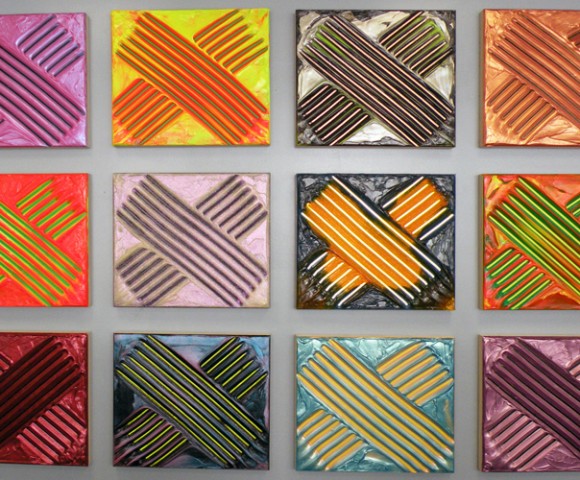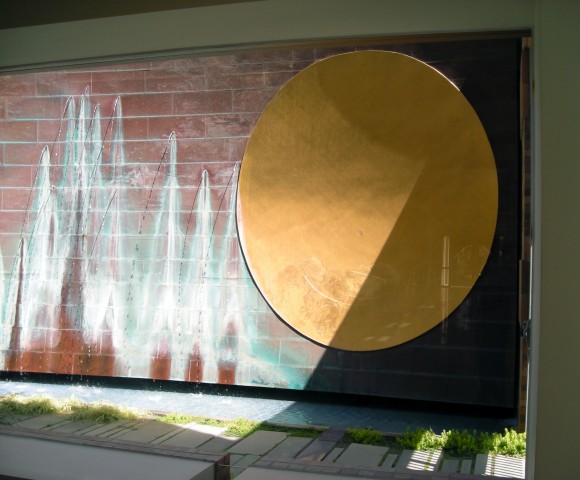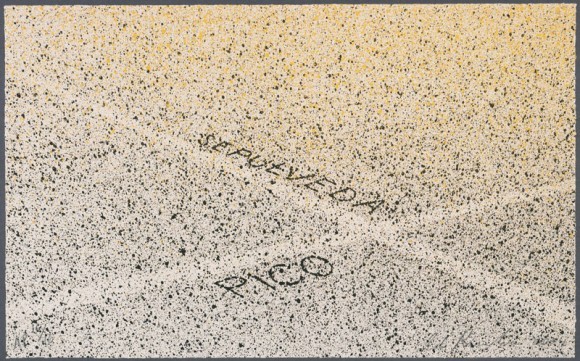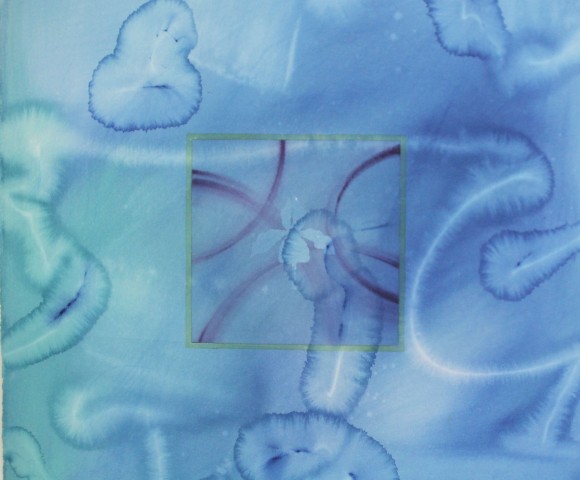
April Art Guide for LA and OC
Important Events Slow Art Day! April 9 2016, a day dedicated to the appreciation and detailed viewing of art. Orange County Museum Exhibitions Openings: 4/2 OCMA Upcoming Exhibitions Ongoing: Bowers Museum Current Exhibitions Laguna Art Museum Current Exhibition Closing: No closing exhibitions in April. Gallery Highlights 4/2 – 4/23 Chicali 13 at OCCCA 4/2 –

Slow Art Day Instagram Contest!
It’s not what you look at that matters, it’s what you see. – Henry David Thoreau Museum visitors spend an average of 15 to 30 seconds looking at a work of art. Slow Art Day is a global event dedicated to lengthening this amount of time. Spending more time with a work of art results in

Expressionism
Expressionism is an artistic style that emerged simultaneously throughout Germany in the late 19th century and continued into the early 20th century, partially in response to a phenomenon called “fin de siecle,” which means “end of the century” in French. Not unlike when people in the 1990s were afraid that computers were going to stop

Carole Caroompas' Study for a Briar Rose
Women’s History Month is here, which gives us the wonderful opportunity to talk about one of our many talented female artists, Carole Caroompas and her intriguing drawing, “Study for Briar Rose.” Carole Caroompas was born in Oregon City, Oregon and currently lives and works in Los Angeles, California where she is a professor at Otis

Screenprinting
Some of the Escalette Collection’s most fantastic pieces belong to the medium of screenprinting, and while that might ring a bell for some, to others the process is a total mystery. As the infant of the printmaking family, it only became a technique used in fine art during the mid-1930s, unlike to other printmaking methods

Lita Albuquerque
Lita Albuquerque was born in 1946 to a single mother, and her art is strongly influenced by her experience growing up without a father figure. However, she also draws influence from the very interesting life of her mother. In the 1930’s, Lita’s mother published her own plays in Paris under a man’s name, all the while

OC + LA Art Guide: March
ORANGE COUNTY MUSEUM EXHIBITIONS Opening: 3/1 – 3/6 Aging as Art Photography Show at the Bowers Museum 3/19 Mummies of the World at the Bowers Museum Ongoing: National Watercolor Society Invitational Plein Air Painting Exhibition Bowers Current Exhibitions OCMA Current Exhibitions Laguna Art Museum Current Exhibitions Closing: No closing exhibitions in March! GALLERY HIGHLIGHTS 3/18 Opening –

The Hilbert Museum of California Art at Chapman University
The Escalette Collection is excited to have a new neighbor! The Hilbert Museum of California Art at Chapman University is opening this weekend, and we’ve been hard at work preparing the inaugural exhibition. We want to give a special thanks to our student workers, who have been an immense help. There are two public

Granary Ladders
Imagine if, instead of reaching for your conveniently nesting Tupperware, you had to climb a ladder onto the roof of your apartment in order to get to your food every day. The Dogon people of Mali have lived this way for centuries, storing food in elevated granaries and on their rooftops. To access

Watercolor and Gouache: What's the Difference?
Upon first inspection, watercolor and gouache (pronounced “gwash”) may appear to be nearly identical mediums. However, when given more attention, one can see that both paints have individual characteristics that make them easy to distinguish. A primary difference between the two paints is that gouache is more opaque than watercolor. When a layer of watercolor